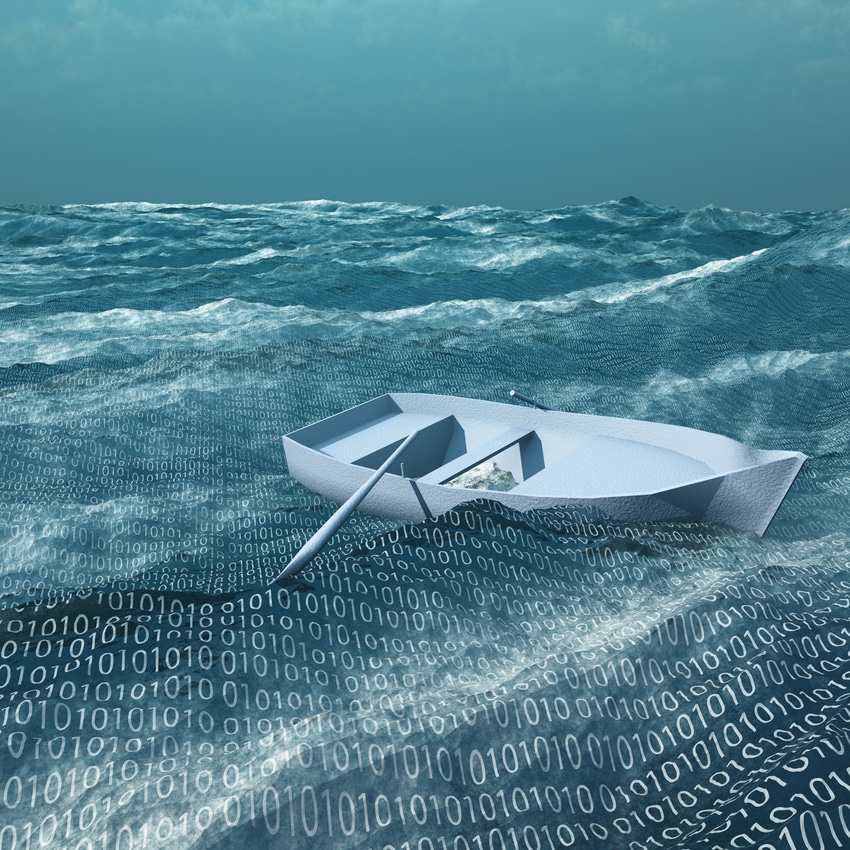Wind River has bolstered its capabilities in the IoT segment with the launch of its latest device lifecycle management platform.
August 17, 2016

Wind River has bolstered its capabilities in the IoT segment with the launch of its latest device lifecycle management platform.
One of the challenges faced by engineers when addressing IoT is the task of connecting and managing devices remotely, mainly due to the sheer number of devices which are expected to be in operation over the next few years. Wind River’s Helix Device Cloud, which has been billed as a family wide collaboration, bringing in expertise from Intel Security and the Services business unit, which it claims will enable operators to track device status and content, share data among engineers, and determine in real-time when updates are needed.
“The latest release of Device Cloud is a result of dedication, collaboration and innovation across multiple organizations within the Intel family, including Wind River, Intel Security Group, and Intel Services Division,” said Santhosh Nair, IoT Business Leader at Wind River. “This multi-disciplinary team brought together a unique set of skills necessary to solve the tough challenges associated with IoT device management. The result is a differentiated product that is uniquely positioned in the increasingly competitive IoT market.
“The IoT vision is quickly becoming reality, as more and more enterprises seek to unlock the value of the data generated by their everyday operations. Utilizing Device Cloud, device manufacturers and IoT solution providers can accelerate device deployment and close a critical gap in IoT operations: ensuring that the devices enterprises depend on are performing as expected.”
The new offering is backing the rapid growth of IoT, and the struggles of organizations to deploy, monitor, manage, service, update, and decommission these devices on such a scale. Remote lifecycle management will become an important part of the IoT mix as it will enable engineers to reduce development costs, accelerate deployment timelines, and free resources up to work on business-specific features. When you have thousands or millions of devices in the field, the ability to remotely diagnose and repair devices becomes crucial if IoT is to be commercially successful.
Statista estimates the number of IoT devices worldwide will exceed 50 billion by 2020, presenting a significant maintenance problem considering the wide range of environments which are being considered. A remote management system would be paramount to the efficiency and ultimate success of any IoT deployment, with Wind River making some early moves here.
2016 is proving to be an active year for Wind River in the IoT space, as the company has made numerous updates to the offering, as well as announcing a couple of partnerships focused on edge-computing. Back in January Wind River and IBM announced a new partnership to accelerate the development of connected devices in both organizations. As part of the agreement, the pair aim to bring ‘edge-to-cloud’ recipes for customers which blends Watson IoT Cloud Platform with products from the Helix portfolio. Wind River has also been making moves into the autonomous vehicles arena launching the Helix Cockpit, with various features including a connectivity framework help to extend and bridge the car experience to the cloud.
About the Author(s)
You May Also Like







.png?width=300&auto=webp&quality=80&disable=upscale)

.png?width=300&auto=webp&quality=80&disable=upscale)
_1.jpg?width=300&auto=webp&quality=80&disable=upscale)



.png?width=800&auto=webp&quality=80&disable=upscale)